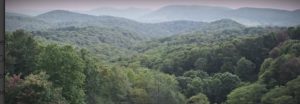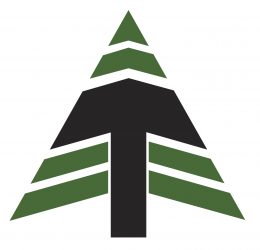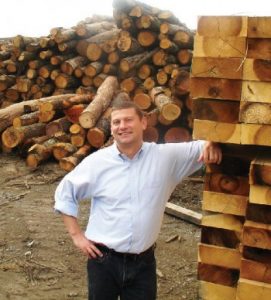We aren’t much for blogging, we prefer to “b-logging” instead!
–a little logging humor–
FAQ’s
Below are frequently asked questions and answers about forestry:
–from our friends at www.AppalachianHardwood.org
Q. When you listen to the evening news, it sometimes sounds as if America’s forests are about to disappear. Is that true?
A. Not at all. About one-third of the United States — 728 million acres — is covered with trees. That’s about 70 percent of the forest land that existed when Columbus discovered America. And the amount is growing.
In fact, we have more trees today than we had 70 years ago. Scientists estimate that America’s forest land contain some 230 billion trees — around 1,000 for each person. And more trees are being planted each year. On the nation’s commercial forest land, net annual growth exceeds removals through harvesting by an impressive 31 percent each year. And the amount of wood in our nation’s forests continues to increase. We have added 28 million cubic feet of wood since 1977.
Q. Are we damaging the land by cutting so many trees?
A. Roughly one-third of the nation’s forests—245 million acres—is set aside in national parks and wilderness areas, and in other “non-commercial” areas. This third of the U.S. forests is bigger than Norway, Sweden, Denmark, Austria, Holland, Switzerland, Belgium and Israel combined. The remaining lands are classified as “commercial” and can be used for growing and harvesting repeated crops of trees. But even in the national forests, portions are permanently set aside for non-commercial uses such as recreation and wildlife.
Q. Why do logging companies sometimes take all of the trees out of an area?
A. That logging technique is called even-age management – removing all of the trees from a stand rather than picking and choosing. Some seedlings won’t grow in the shade of mature trees, so removing all of the trees in the stand allows the light to reach the forest floor. And sometimes something calamitous, like a fire or windstorm, a tree disease, or an insect epidemic, requires that the damaged trees be removed so that new trees can get a start. In each case, the type of harvest method (eg. selective thinning and even-age management) used is dictated by the type of tree being harvested, the terrain, and what conditions are needed to start the next forest there.
Q. How long does it take for a logged area to look good again?
A. You can see new life begin to flourish almost immediately. Within one to two years, the area will be abundantly covered with grasses, bushes and seedlings, and there will be a noticeable increase in wildlife. Within five years, the meadowlands will begin to fill in as those seedlings become young trees. Depending upon the soil and climatic conditions of the region, you will see the first signs of the forest within 10 to 15 years. When a select harvest is completed, the smaller trees left in the area will increase in size rapidly with the new infusion of light and moisture.
Q. Do timber companies replant when they cut?
A. Yes. Forest products companies are in the business of growing and harvesting trees, so reforestation is important to them. In fact, three quarters of all the trees planted in America last year were planted by forest products companies and private timberland owners. And logging companies pay a special fee to fund for replanting and reforestation when they buy the right to harvest a section of timber on state or national forests. In the Appalachian hardwood forest, nature replants on its own using seeds and stump sprout to grow trees for the future. Foresters often leave areas to reforest naturally from cones and seeds.
Q. How many trees are planted each year?
A. Last year, more than 2.3 billion seedlings were planted in the United States by the forestry community. That’s more than nine new trees for every man, woman and child in America.
Q. Who plants those trees?
A. Of those 2.3 billion seedlings, nearly 55 percent were planted by the forest products industry. Tree farmers and other non-industrial private landowners planted another 28 percent of the total. The rest were planted by federal, state and local agencies. Georgia, Florida, Alabama, Mississippi, Oregon and Washington are the leading tree-planting states, in that order.


